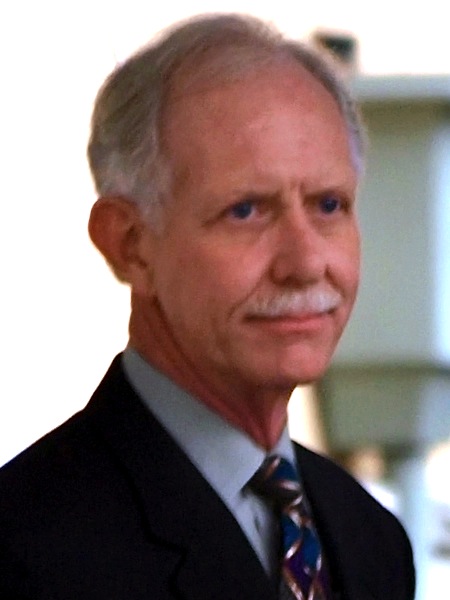It’s no accident that Warner Bros. released “Sully” on the weekend of 9/11.
The Clint Eastwood thriller – about the 2009 “Miracle on the Hudson,” in which Capt. Chesley “Sully” Sullenberger guided a US Airways airbus, crippled by a bird strike, onto the icy waters of the river, thus saving all 155 souls on board – is 9/11 in reverse or, perhaps, come full circle. Instead of terrorists piloting planes into skyscrapers, Sully (the reliably excellent Tom Hanks), assisted by co-pilot Jeff Skiles (Aaron Eckhart), sought to avert that catastrophe by heading toward the only unobstructed area, the open waters of the Hudson.
It’s giving nothing away, however, to say that the film opens with the alternative scenario. We watch the airbus pierce glass and steel with the sickening feeling that by now is all-too-familiar before we see Sully jolt awake. The alternative scenario is one of his nightmares so it doesn’t have to be ours. It is to Eastwood’s credit as a storyteller – working from a taut screenplay by Tom Komarnicki based on Sullenberger’s book, “Highest Duty” – that we see snatches of the accident and its heroic aftermath many times from many different perspectives before we see it unfold twice in real time. There’s the grief-stricken air traffic controller who believes he’s lost the plane, the National Transportation Safety Board suits who, in this telling, are looking for someone to blame for the loss of the plane, the NY Waterway ferry boat captain speeding to the rescue, the jocular scuba cops who are all business once they get the call and, perhaps most poignantly, the office workers in the glass-lined skyscrapers who register our helpless sense that we have seen this all before. (The only superfluous note in the perspectives is Laura Linney as Sully’s wife, Lorrie, seen in concerned phone calls as she watches events from a distance. She’s meant to round him out but feels more like a box checked. Plus, concerned supporting player is not Linney’s forte. See “Love Actually.”)
Sept. 11 is the specter at this dance, but Eastwood doesn’t hit us over the head with it. He merely notes that in the winter of 2009 – the year after the stock market crash – New York hadn’t had good news in a long while. And the vision of another plane crashing amid one of the densest populations in the world would only underscore the economic and psychological depression.
But that’s not what happened thanks to the right man in the right time. We see him as a serious, respectful student pilot – learning that whatever happens, you must always remember to fly the plane – and as a gutsy fighter pilot. By the time we meet the Sully of heroic headlines, Eastwood has done an audacious thing: He has put us on the plane with the bouncing baby and his mother, a teasing, handicapped older woman and her stuffy daughter, the father-and-sons golfers who are – they think – lucky, last-minute transfers from a cancelled flight. We are there as they hit the water, sharing their astonishment at being alive only to be cruelly confronted with the rising water, sharply cold as knives, and the dreaded smell of leaking jet fuel.
But then the divers arrive, a rescuing ferryman tells the passengers, “No one dies today” and everyone is brought ashore and wrapped in Red Cross blankets.
In all, the rescue took 24 minutes.
“I’ve never been so happy to be in New York in my life,” Eckhart’s Stiles says, to knowing laughs from the audience. It’s a tough town, but sometimes it takes a tough town to help you to survive.
Eastwood – a shaper of the laconic, mythic West – has created a valentine to New York, city of his youthful career and jazz-laced dreams.
“Sully” is about the right man in the right time – and, above all, the right place.

